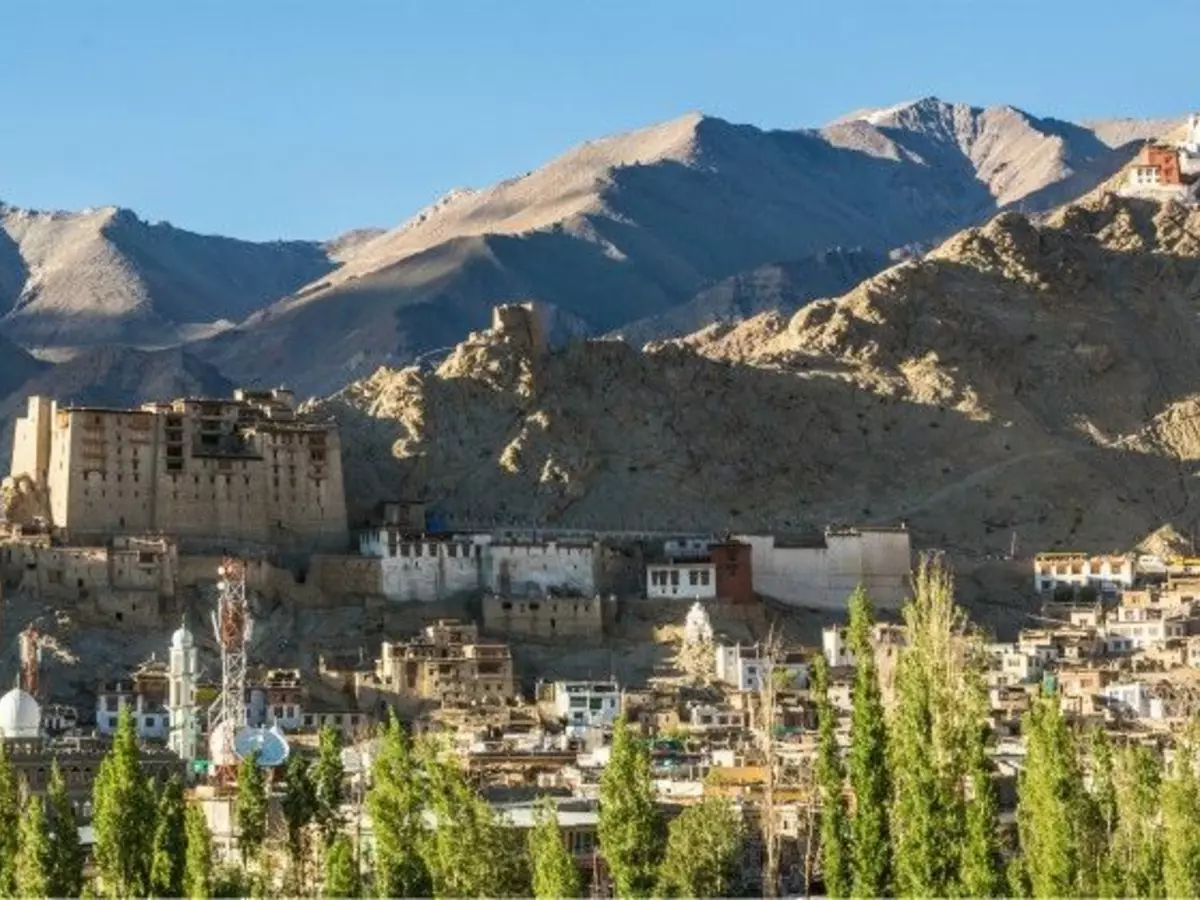World¡¯s Highest Railway To Have India¡¯s First Aircraft-Like Pressurized Cabins In Train Between Manali And Leh
The world¡¯s highest railway line which is under-construction will be equipped with aircraft-like pressurized coaches.

The world¡¯s highest railway line which is under construction will be equipped with aircraft-like pressurized coaches.
The under-construction Bilaspur-Manali-Leh line along the India-China border will be the world¡¯s highest railway track which will have the highest road point of 5360 metres above mean sea level, is comparable only to the Quinghai-Tibet Railway Line in China, which is at a height of around 2000 metres above sea level.
The decision was taken to ensure that passengers do not suffer nosebleeds and breathing problems while travelling at such a high altitude. In September this year, Jet Airways passengers were left nose bleeding mid-air after the crew forgot to switch on the cabin pressurisation system, which maintains the pressure inside an aircraft to comfortable levels as it climbs out.

Photo: Thinkstock
Aeroplane cabins are pressurized because the air is very thin at the altitude where planes fly. Hence, the cabins of aircraft are adjusted to near sea-level pressure which makes breathing almost the same as sea level.
The Bilaspur-Manali-Leh railway which is being built at a fortune of Rs 83,360 crore will witness India¡¯s first railway pressurized coaches, the Times of India reported. These type of coaches are being currently used in Quinghai-Tibet Railway Line only.
Chief Construction Engineer, Northern Railway, D R Gupta told TOI, ¡°Special pressurised rolling stock to deal with lack of oxygen will have to be used in these trains as passengers might feel uneasy because of the high altitude. These will be like the pressurised cabins used by aircraft to maintain the oxygen levels inside.¡±

Photo: Thinkstock
The Chinese coaches are being manufactured by Canada¡¯s Bombardier Inc which specially designs small planes to ferry passengers in an oxygen-deficient atmosphere. To thwart any serious cases of altitude sickness, all the train cars have to be pressurized.
Two kinds of system control oxygen levels in the Tibet train. While the main control which maintains the standard oxygen levels is switched on only at high altitudes, the other controls the oxygen ports which are personally available for every passenger when they feel the need to use it.
Reportedly, it could not be confirmed if these coaches will be produced in India alone or will be outsourced to a foreign manufacturer. An official told TOI that the Integrated Coach Factory which is already producing both metro and Ahmedabad-Mumbai bullet train coaches could be shouldered with the responsibility for manufacturing Leh train compartments also.
The project will include 74 tunnels, 124 major bridges and 396 minor bridges, according to the first phase of the survey. Once finished the line will reduce the distance between Delhi to Leh from the present 40 hours to 20 hours.
